
The Macy’s Thanksgiving Day parade has been a staple of the holiday for as long as most can remember, but few actually get to experience the parade in person. “Balloons Over Broadway,” the true story of the puppeteer of the Macy’s parade by Melissa Sweet, was the inspiration for an amazing project at Rex Fortune Elementary School, conceived by 4th grade teacher Kayla Toft (pictured above), that brought a Thanksgiving Day parade to her school.
“We were inspired by the Macy’s Thanksgiving Day parade. We read the book “Balloon Over Broadway” and we learned a little bit more about the history of the Macy’s parade, how it all came about, we watched videos of it and now we are making it happen in our own room!” said Toft, a member of the Center Unified Teachers Association in Sacramento County.
Rex Fortune Elementary School, the newest addition to Center Joint Unified School District, is a school that opened its doors to students in August 2023. This STEAM-focused (Science, Technology, Engineering, Arts, and Math) institution has partnered with the UC Davis C-STEM Center to equip teachers with resources and training, integrating technology into the curriculum while maintaining a focus on core objectives and standards. Through technology, students expand their critical thinking and apply STEM concepts to real-world situations.
Professor Harry Cheng, a Computer Science and Robotics professor at UC Davis, has focused his efforts on helping students learn math with hands-on coding. “I asked my students 15 years ago if any of them had any coding experience and in a class of 40 students, only three to five of them had experience at the time. So I went to my local high school and asked if I could bring coding to their classes. The school back then only had one computer lab for 1,500 kids, but the challenge wasn’t the coding, it was the math. The math is what was challenging. We have so many students that don’t pass algebra, the gate keeper, so I looked at this as a math issue in K-12 education.”
“Our effort has been focused on how can we help students with the math. We take a different approach, we implement the coding in the classroom, but it turned out that is not the solution… students wanted something more tangible, something more hands on. We looked at other options and solutions like bringing robotics to the classroom. Most of them are designed for engineering, afterschool or summer camp, but not in the 8:00 a.m. math classroom. So that’s where we started,” explained Professor Cheng.
- Mikey Bobbit, 4th grade student with his SF 49er’s float
- Mariana Verbetskiy, 4th grade student with Boss Baby float
- Hayley Kinney, 5th grade teacher
- Student Jalen Delmundo with his taco float
- Greyson Phoenix, 5th grade student with his turkey float
- Hayley Kinney, 5th grade teacher
Toft explained that 60 4th and 5th graders, each with their own robot, worked for about two weeks on their parade project. “We started with unplugged coding, working the coding out on paper before they started using block coding to put it all together.”
“In this project, the kids are multiplying numbers, they are estimating numbers, they are working with different kinds of turns, right angles, left angles, and taking all those concepts and creating them into coding blocks and based on what they code on their Roboblocky program is what the robot will actually do, said Hayley Kinney, the 5th grade teaching partner to Toft on this project.
Greyson Phoenix is a 5th grader at Rex Fortune. “I really like how this teaches us a lot of different things, like the different angles that you would have to learn in a different age group. There are a lot of advanced things once you get the hang of it. This helps me with math, science and angles. The different coding blocks say ‘drive distance 5 inches’ and ‘speed 3 inches per second’.”
A beaming Mikey Bobbit, a 4th grade student, proudly showed off his 49’ers float. “When we first came to Rex Fortune, most of us knew nothing about coding. But I felt confident in myself and I tried my best. One Friday, I got a student award. I asked my teacher why and she said it was because I was doing so well with my coding!”
“We developed the robot and developed the curriculum, provided the professional development and now we have a very comprehensive common core companion curriculum from Transitional Kindergarten to the 12th grade.” Profession Cheng continued, “we also have the curriculum on computer science from TK-12. Everything is integrated. You see the example at Rex Fortune, the students are learning teamwork. They are learning math and often times they don’t realize they are learning math. For example, they have to measure the distance and that is exactly the common core standards, how to solve real world problems while having fun and learning teamwork. It increases their communication skills and all the skills needed to be successful in college and their future career.”
“We brought in our 6th grade class because they are learning about volume and how can we bridge textbook learning on volume into something cool, so they designed all the buildings based on volume,” noted Kinney. “So all the math we have been working on, they got to show it off through this really cool project. As an educator, it is amazing what our kids can do. I was trained on this 5 months ago, so I am still fresh. Some of our kids already know way more than I do. Their coding sequences are so complicated, I am so impressed. Even the kids that don’t love math, it was so exciting for them so the engagement was there. They were so excited, they didn’t mind doing all the hard work.”
“It was pretty hard in the beginning because we weren’t used to robots,” explained Mariana Verbetskiy, a 4th grader, as she oversaw the robots on the parade route, ready to assist if any of them went off course. “As we went on, we got used to it and it got easier. I think I will keep on coding and when I grow up, if I have a child, I will help them learn coding too so they can experience the great time I had!”
Toft noted, “this is very hands on and we are bringing in all the concepts of common core math into computer science. It’s hands on and the kids are so excited to do this. They get the robots and they are excited to do math… they are doing math and don’t even realize it because they are having so much fun!
5th grader Jalen Delmundo, who found it difficult to be pulled away from his parade oversight duties, said that while it was fun to code, “it was a little bit hard. I just kept trying. I have only been coding for one month before the parade. We have to put in the numbers and think about where we want it to go and then calculate the numbers to make it go there.”
UC Davis’ C-STEAM program has proven itself at other districts as well. After implementing the C-STEM program district wide, Redlands USD students achieved 13% higher math scores in classes of 35 C-STEM teachers. Rex Fortune has trained every teacher in the school with the plan to have coding robotics in TK through every grade level and in every classroom.
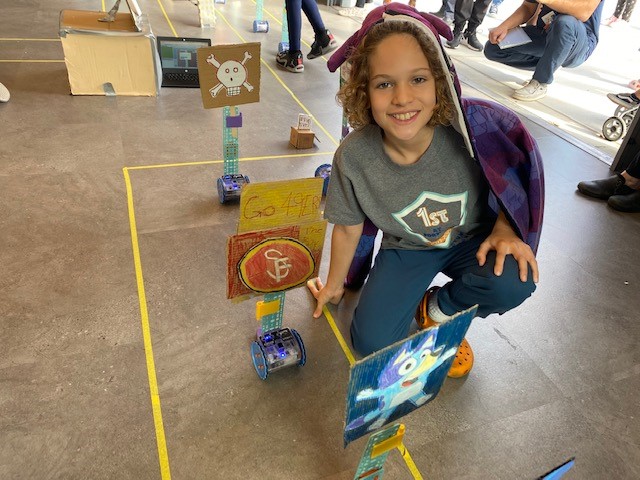
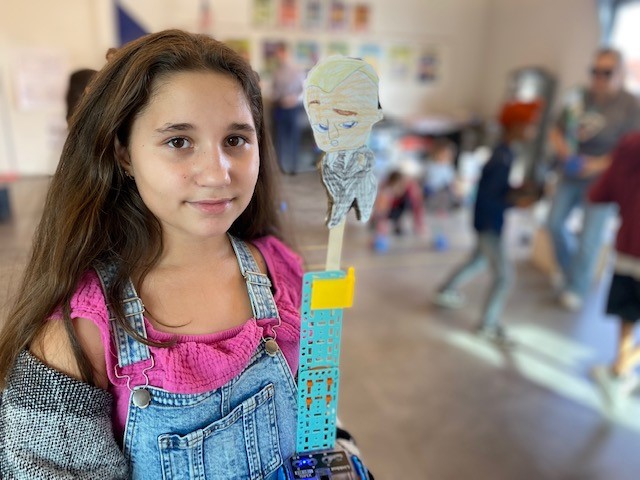
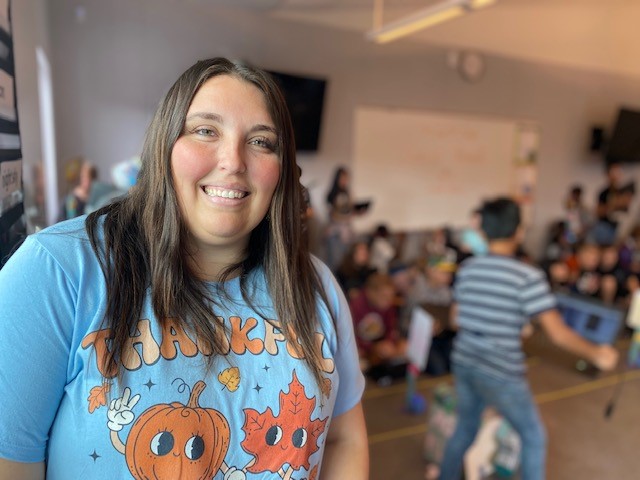
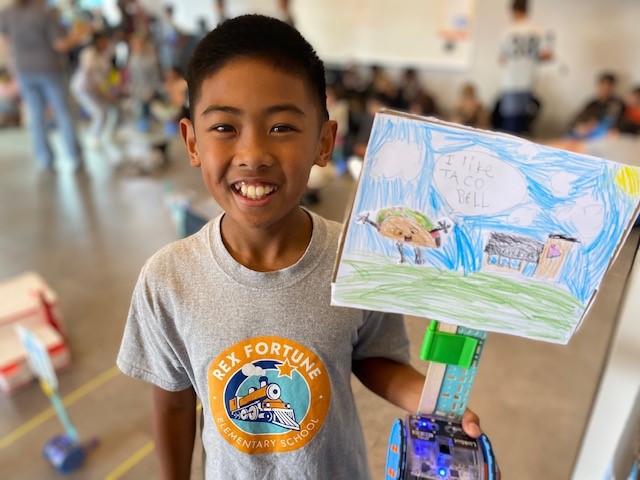
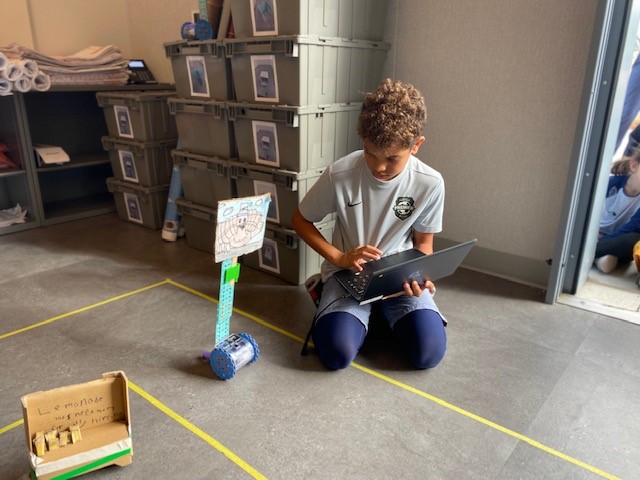
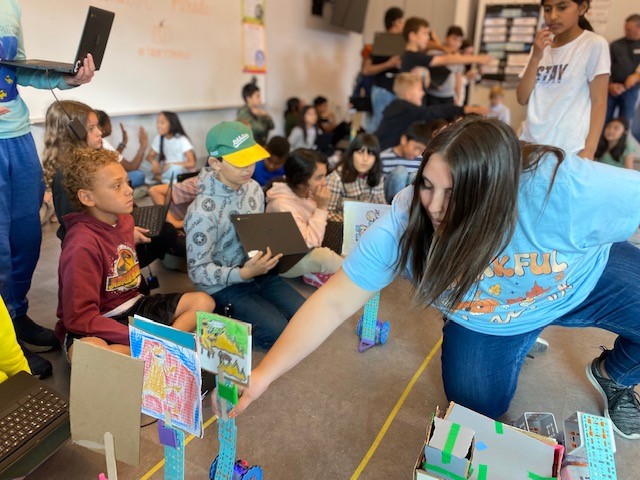



The Discussion 0 comments Post a Comment